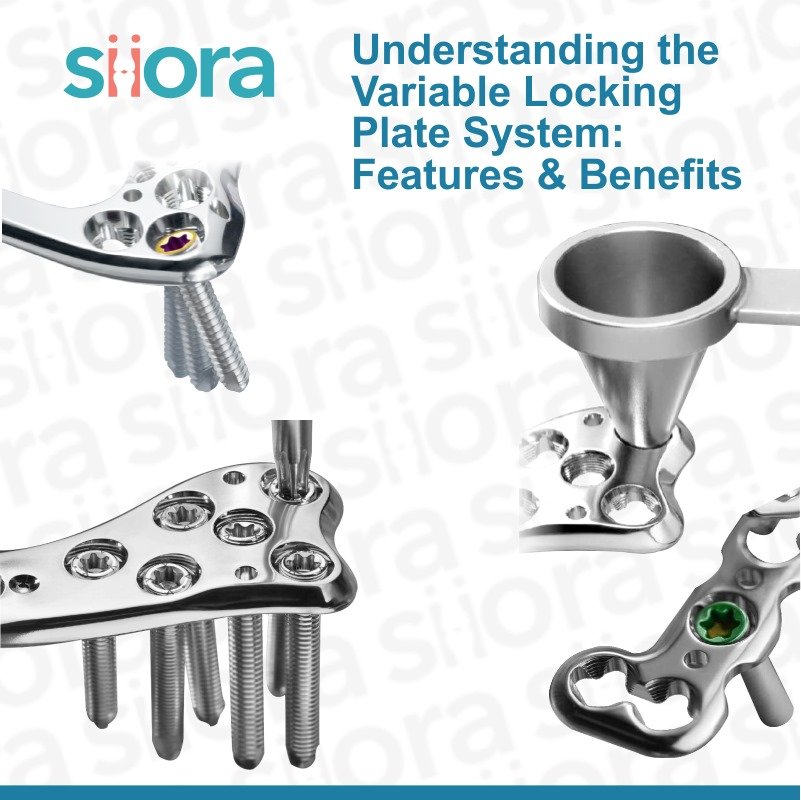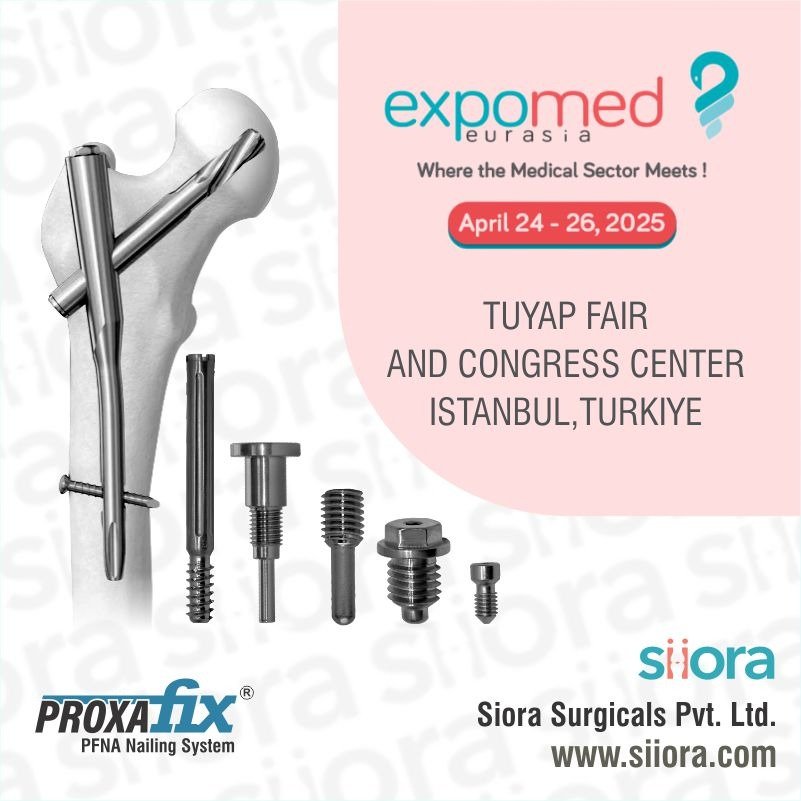Orthopaedic implants provide orthopedic surgeons with a way of precise bone fixation. There are various uses orf orthopedic implants in numerous fractures. They also play a usually supportive part of treatment, fracture healing, and reconstructive surgery (osteosynthesis and improvement in degenerative diseases). However, implants aren’t appropriate to replace normal body structures or bear the weight of the body (see product-specific instructions).
Choosing an Implant/Indications
While treating traumatic and/or degenerative skeletal changes, consider the following points:
Choosing the implant. It is of supreme importance to choose the appropriate implant. The improvement for success possibility increases by selecting the orthopedic implant of right size and shape. The features of human bone and soft tissue pose limits to the size and strength of ortho implants. No partial weight-bearing or non-weight-bearing product may be predictable to withstand the full and unsupported weight of the body. However, if it is to attain a strong bone union, the patient requires acceptable external assistance. Similarly, the patient must limit physical activities that would give stress upon the implant or allow movement at the site of fracture and therefore delay healing.
Factors related to a patient. A number of patient-related aspects have a strong effect on the success of surgery:
a) An obese or overweight patient may place a lot of stress on the product such that it may fail, even perhaps reversing the results of surgery.
b) Occupation or activity. Professional occupations cause a risk when external forces subject the body to considerable physical loads. This may cause the product failure and even undo the successes of surgery.
c) Mental illness, senility, or alcoholism. These situations can cause the patient to ignore certain essential limitations and precautions, resulting in product failure or other complications.
d) Certain degenerative diseases & smoking. In some instances, degenerative disease can be so advanced while implantation that it can considerably reduce the expected useful life of the ortho implant. In such cases, the products serve only to delay or momentarily relieve the disease.
e) Sensitivity to foreign bodies. When hypersensitivity to the material is assumed, suitable tests should be undertaken before choosing or implanting the material.
Correct handling.
Accurate handling of the implant is extremely essential. If the implant shape must be altered, the device shouldn’t be bent sharply, bent backward, notched, or scratched. Such manipulations, in addition to all other inappropriate handling or misuse, may cause surface defects and/or concentrate stress within the core of the orthopedic implant. This, in turn, can ultimately cause the product to fail.
Post-operative care is necessary.
Physicians should update their patients about the load restrictions of implants and provide a plan for postoperative behavior as well as increasing physical loads. Failure to do this may generate malalignment, failure of the implant, delayed bone healing, thrombophlebitis, infections, and/or wound hematomas.
Removal of the osteosynthetic product.
While the physician makes the concluding decision on when to remove the implant, it’s wise – if possible and suitable for the individual patient – to remove fixation products after the process of healing is complete. This holds true mainly for young and active patients.
Compatibility.
It is important to follow the product-specific instructions for usage. It’s not advisable to mix products of one manufacturer with those of different manufacturers since designs, mechanics, materials, and construction are not harmonized. Manufacturers assume no liability for any complications arising from mixing components or from utilizing foreign instruments. If not otherwise mentioned, it’s not recommended to mix different orthopedic implant metals. Mixing of metals can lead to galvanic corrosion and a release of ions. This can cause an inflammatory response, metal sensitivity reactions, and/or detrimental systemic effects for the long term. Moreover, the corrosion process may reduce the implant’s mechanical strength.
Information & qualification. Surgeons should be completely aware of the intended usage of the products and the applicable surgical techniques, and they should be qualified by suitable training (for instance, by the Association for the Study of Internal Fixation, AO).
Potential Risks: –Failure of the implant from choosing the wrong implant and/or overloading the osteosynthesis – Allergic reactions from the incompatibility of material– Delayed healing from vascular disturbances – Pain triggered by the orthopedic implant.
MRI (Magnetic Resonance Imaging) – When a device has been evaluated for usage in the MR environment, MRI information are found in the instructions for use.








